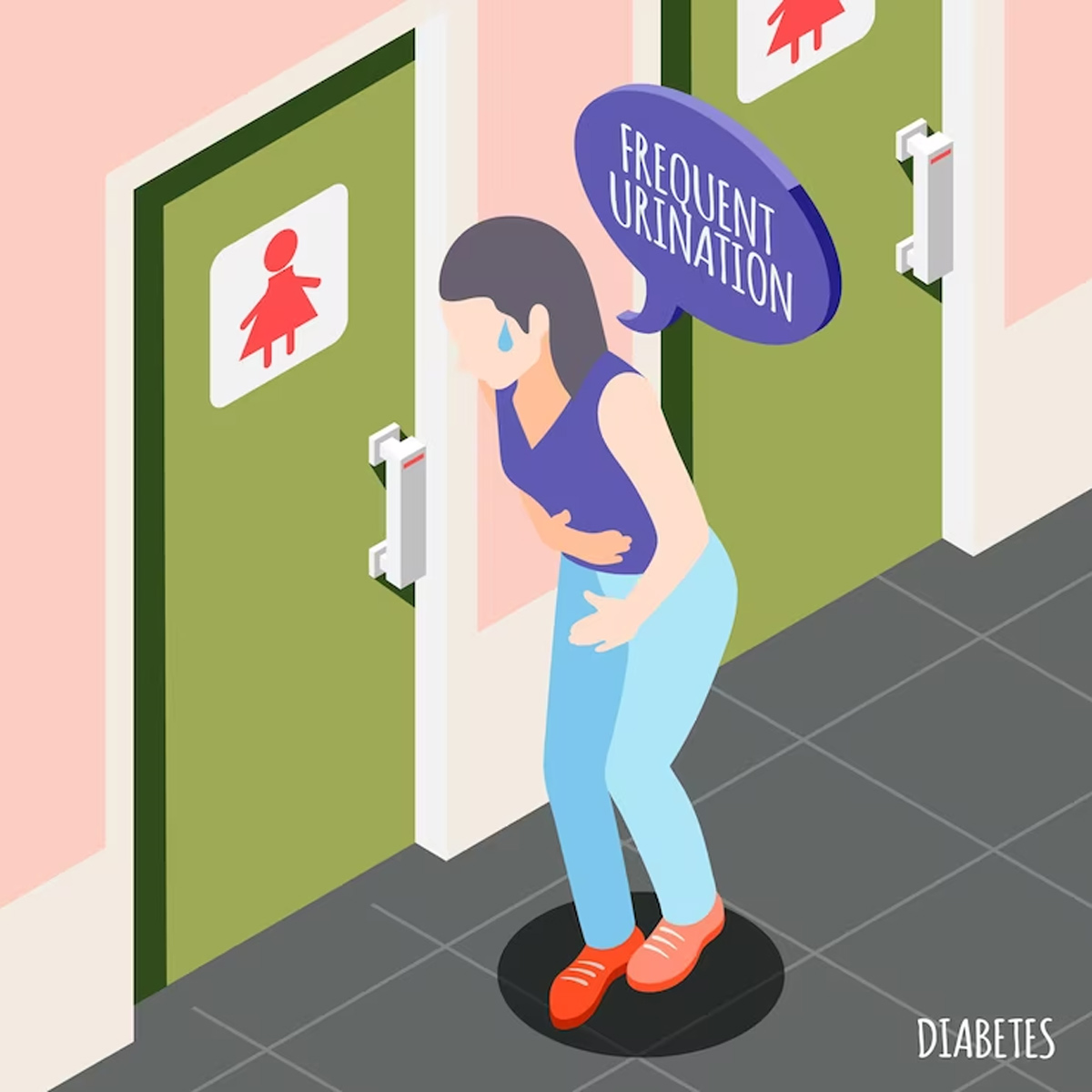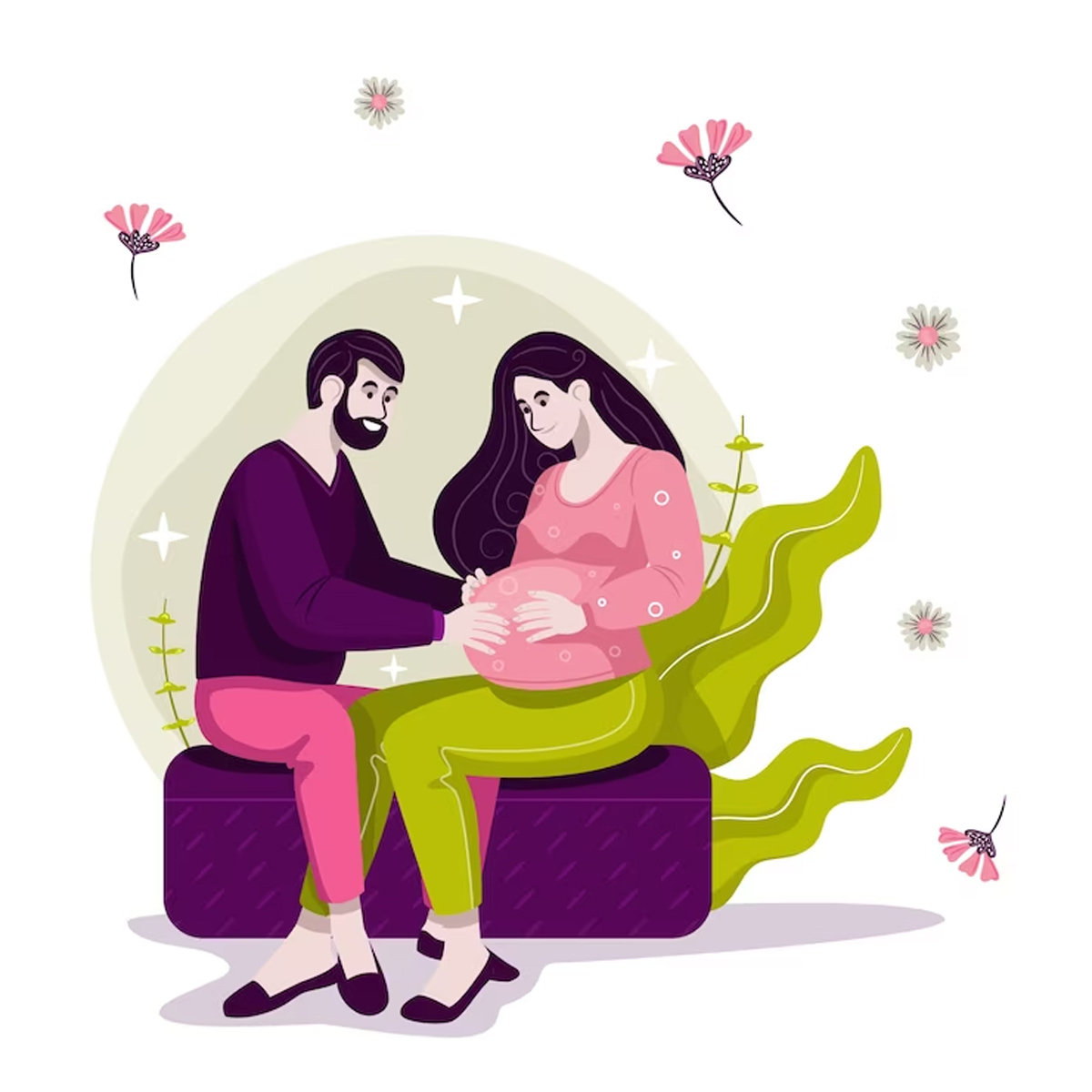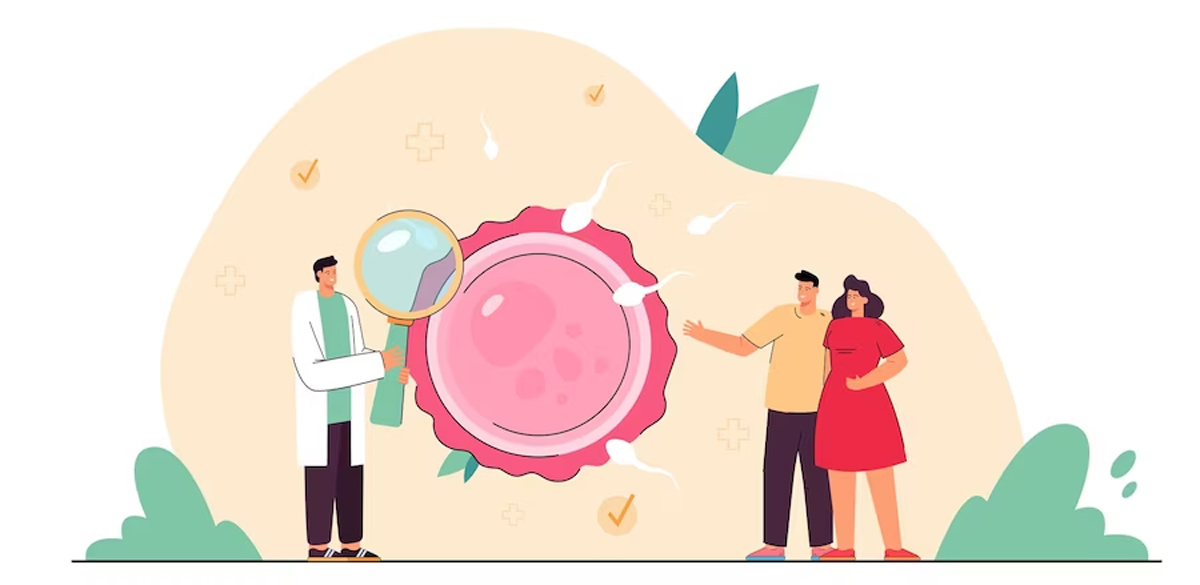
Uterine Fibroids And Fertility: Definition, Symptoms And Impact On The Reproductive System
According to the fertility expert Dr Kalyani Shrimali, Consultant, Nova IVF Fertility, uterine fibroids are getting more common among women in the age group of 30 to 45 years. She connected with us to share the limelight on how this condition develops, the first signs of it and how it can affect the reproductive system.
What Are Uterine Fibroids?

Uterine fibroids are non-cancerous growth in the uterus. It can develop inside or outside the uterus. In most cases, it is generally asymptomatic.
The doctor shared that small fibroids might not need any sort of treatment, but larger ones might require medication or even surgery in a few cases. Dr Shrimali said that at least 40%- 80% of women have fibroids.
The development of fibroids depends on the family history and hormones. It is not possible to prevent uterine fibroids and these tiny tumour-like growths may require treatment. But, a healthy lifestyle, the right food choices, and maintaining a healthy weight can reduce the risks of developing fibroids.
Since they do not make a person feel sick or have vivid symptoms, they mostly remain unnoticed. “In rarest of the cases, fibroids can lead to the growth of malignant or cancerous tumours,” added our expert.
Symptoms Of Uterine Fibroids

While many women might not show any symptoms, most signs depend on the location and size of the fibroids. Some of the most common symptoms include,
- Extended menstrual cycles that can last longer than a week
- Challenges in emptying the bladder
- Excessive bleeding during period
- Discomfort in the back or leg
- Experiencing pressure in the pelvic region
- Frequent urination
- Constipation
“In rare cases, a fibroid can even cause excruciating discomfort when it outgrows its blood supply and begins to die,” added Dr Shrimali.
Don't Miss: New Mothers, Look For These Warning Signs After Birth
Treatment Of Uterine Fibroids

The fertility expert said that there are multiple ways to remove a fibroid. Medication can help with hormonal imbalance and the menstrual cycle. They can also help treat symptoms like discomfort around the pelvis region and excessive bleeding during the menstrual cycle. However, medicines can only make the fibroids smaller than their actual size but might not help you get rid of them.
There are minimally invasive techniques using which uterine fibroids can be destroyed. MRI-guided Focused Ultrasound Surgery (FUS) is one such example. Other processes include laparoscopic (robotic myomectomy), endometrial ablation, uterine artery embolization and hysteroscopic myomectomy.
Don't Miss: Pregnancy Cravings: Why Expecting Women Experience Them & When Do They Start
Uterine Fibroids And Fertility

Uterine fibroids can create fertility issues for women like,
- It can change the number of sperm entering the uterus if it has caused any changes in the shape of the cervix.
- It can affect the size of the lining of the uterus, which would impact the blood supply to the uterus, uterine cavity and fallopian tubes.
- If there is a change in the shape of the uterus, the mobility of the embryo and sperm can be hampered.
Also watch this video
Herzindagi video